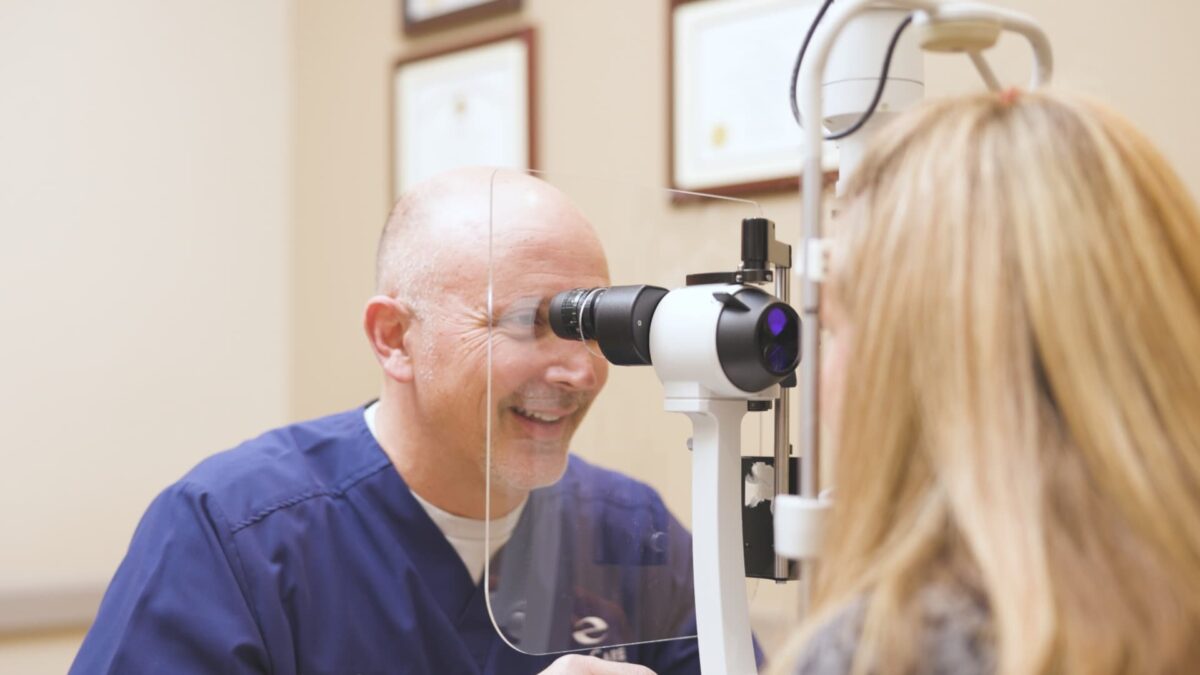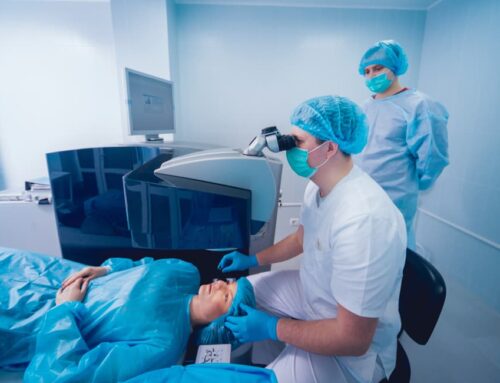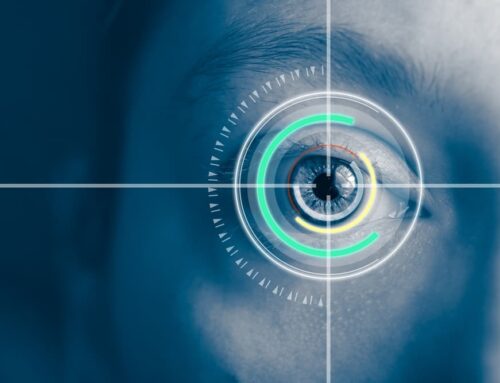LASIK eye surgery recovery is a crucial phase that ensures you get the best possible results from your vision correction procedure. While LASIK is quick, painless, and highly effective, the way you care for your eyes in the days and weeks following surgery can make all the difference in your outcome. Understanding the recovery process and following your doctor’s instructions will help you heal properly and enjoy your improved vision for years to come.
Understanding LASIK and the Recovery Process
How LASIK Works
LASIK (Laser-Assisted In Situ Keratomileusis) is a refractive eye surgery that corrects vision problems such as nearsightedness, farsightedness, and astigmatism. During the procedure, a small flap is created in the cornea, and a laser reshapes the underlying tissue to allow light to focus correctly on the retina.
What Happens to Your Eyes After Surgery
After the procedure, your corneal flap begins to heal immediately. The first few days are critical for allowing the tissue to bond securely without disruption. You may experience mild discomfort, dryness, or sensitivity to light, which is completely normal and part of the natural healing process.
Key LASIK Recovery Tips for a Smooth Healing Journey
Avoid Touching or Rubbing Your Eyes
Rubbing your eyes after LASIK can dislodge the corneal flap, potentially leading to complications and prolonging healing. If your eyes itch or feel irritated, use lubricating eye drops as directed by your doctor instead of touching them.
Protect Your Eyes from Contaminants and Irritants
For at least two weeks, avoid environments that may expose your eyes to dust, smoke, or strong odors. Steer clear of swimming pools, saunas, and steam rooms to reduce the risk of infection from bacteria and other contaminants.
Limit Physical Activity and Sports
Strenuous activities increase the risk of sweat or debris entering the eye, which can cause irritation or infection. Contact sports, in particular, should be avoided for at least a month to prevent accidental trauma to the eye. If you’re unsure when to resume workouts, consult LASIK doctors near me for professional guidance tailored to your recovery stage.
Follow Medication and Eye Drop Instructions Carefully
Prescribed antibiotic and anti-inflammatory drops play an essential role in preventing infection and keeping the eyes lubricated. Always wash your hands before application, and avoid touching the dropper tip to your eye or eyelashes.
Wear Sunglasses for UV Protection
After LASIK, your eyes will be more sensitive to sunlight. Wearing sunglasses with full UV protection shields them from harmful rays and helps reduce discomfort when outdoors.
Avoid Eye Makeup and Facial Products Initially
Eye makeup can introduce bacteria and irritants into the eye area, slowing healing. Avoid mascara, eyeliner, and eyeshadow for at least two weeks, and be cautious when applying facial creams or cleansers near your eyes.
LASIK Recovery Timeline: What to Expect
First 24 Hours After Surgery
Most patients notice improved vision within hours, but your eyes will still be healing. Rest as much as possible, avoid screens, and wear protective eye shields while sleeping to prevent accidental rubbing.
The First Week
You’ll likely attend your first post-operative appointment to ensure proper healing. During this time, follow all drop schedules, avoid strenuous activities, and continue protecting your eyes from dust and water exposure.
One Month Post-Surgery
Most patients achieve their best vision within a month, though some may experience lingering dryness or mild halos. By now, many can resume regular activities, but it’s still essential to protect your eyes from injury.
Three to Six Months for Full Recovery
The LASIK eye surgery recovery time can vary, but full healing typically occurs within three to six months. During this period, your vision stabilizes, and any minor side effects such as glare or halos usually diminish.
Common Post-LASIK Symptoms and How to Manage Them
Dry Eyes
Dryness is one of the most common side effects after LASIK. Use lubricating eye drops frequently, especially in dry or windy environments, to maintain comfort and promote healing.
Light Sensitivity
It’s normal to feel more sensitive to bright light in the weeks following surgery. Sunglasses, especially polarized ones, can make a big difference when outdoors.
Halos and Glare
Some patients notice halos around lights or increased glare at night. These effects typically improve as your eyes heal, but should be monitored by your doctor during follow-up visits.
When to Contact Your Eye Doctor During Recovery
While mild discomfort and vision fluctuations are normal, certain symptoms require immediate attention. Contact your doctor if you experience severe pain, sudden vision loss, increasing redness, or discharge. Prompt treatment can address issues before they become more serious.
Final Thoughts on LASIK Recovery Success
Following proper aftercare is just as important as the surgery itself. By protecting your eyes, following your doctor’s instructions, and being patient with your healing timeline, you’ll maximize your chances of achieving clear, stable vision. LASIK is a life-changing procedure, and with the right care, your recovery can be smooth and rewarding.
Ready to start your journey to a clearer vision? Contact us at Eye Care Professionals today for expert LASIK guidance, personalized recovery advice, and exceptional eye care from start to finish.











